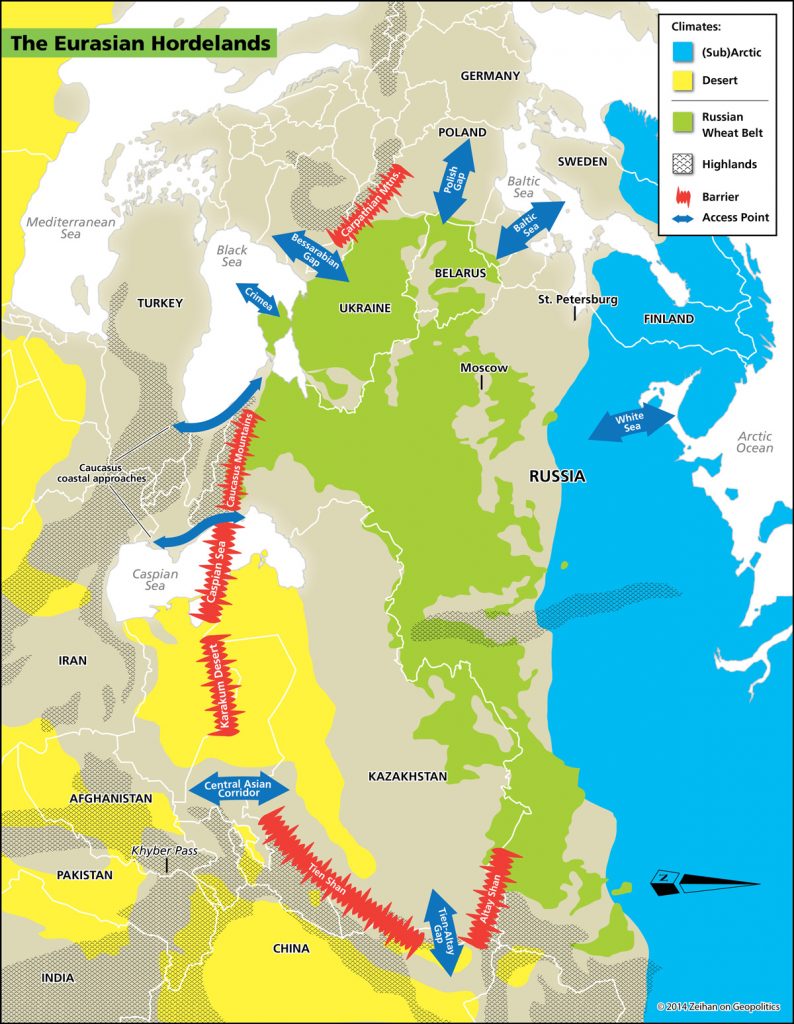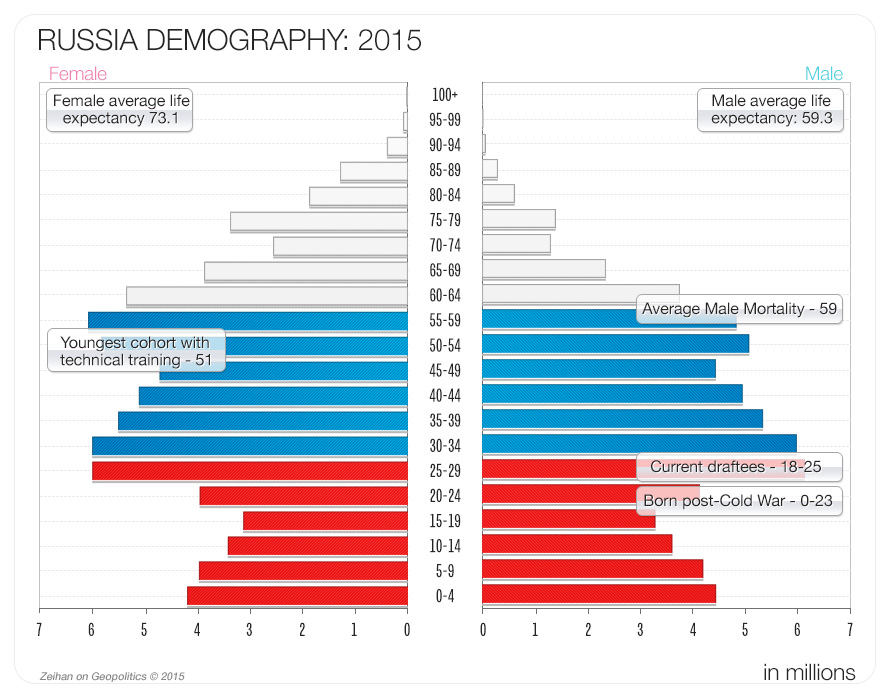
But the truth is that I find it unlikely that Iran actually wants a bomb. Should Iran nuclearize, it would encourage Iran’s regional rivals to follow suit. As Iran is clearly the region’s superior conventional power, all nuclearization would do is neutralize its current advantage.
So if nukes don’t serve Iran’s long-term strategic needs, why bother? It’s less about the nuclear weapon and more about the nuclear program.
Having a nuclear program allows Iran to sue for terms with the US (and to a lesser degree, with Israel). And it looks like the strategy is paying off. A degree of collaboration between Washington and Tehran is in both powers’ best interest. But the Iranian nuclear deal is really a product of Iran’s vulnerability and this deal presents an opportunity to lessen that vulnerability and prepare for the next phase of the American empire.
Iran’s leverage in the global system was the result of its ability to threaten the most important oil producing region in the world. But the shale revolution is bringing an end to the era of U.S. preoccupation with oil — in the Middle East or elsewhere.
This geopolitical shift not only eliminates Iran’s leverage, but it also becomes vulnerable as so much of its economy is dependent upon maritime exports of oil. Moreover, as the U.S. withdrawal accelerates, Iran finds itself overextended – not against an easily-distracted America.
Instead Iran faces an awkwardly consolidating Iraq, an awakening Turkish giant, a frightened but focused Israel, a battle hardened Pakistan, a desperately violent Russia and a Saudi Arabia who is willing to write any check if it will weaken Iran.
The question — as in many things — is timing.
Americans haven’t yet internalized that North America’s dependence upon foreign oil is down by roughly two-thirds from what it was seven years ago, and that by 2017 that dependence will be approaching net zero. The speed at which the region is becoming irrelevant to U.S. interests will at some point be matched with a tidal shift in American policy in the region. In the latter half of 2015, therefore, we’re in this odd geopolitical moment where the U.S. doesn’t care all that much — but it does not quite yet not care at all. For Iran this means that the window to extract concessions is very, very small. If the current nuclear deal does not go through for whatever reason, the next round of talks will be with a United States that is largely immune to whatever Iran can throw at it.
Iran’s regional rivals both fear this development and are hoping/trying to reshape the regional geopolitic to create an American-style containment of Iran…without the Americans.
KEY POINTS
- Israel is playing the emotional card to try to persuade Americans that their Middle East policy should be all-Israel, all the time. The strategy obviously didn’t fly with the Obama administration, and the groundswell of American public support Israel was hoping for just hasn’t manifested. And so Israel has had little choice but to reach out to allies old and new, most notably Turkey and Saudi Arabia.
- Turkey thought it could convince the Americans to bear the burden of burning through ISIS. That strategy too has failed and now Turkey is reluctantly and fearfully preparing to relaunch regional imperial strategies it last used over a century ago. Any meaningful Turkish resurgence will almost by definition wreck a panoply of Iranian interests. Ankara is very ready for that shift militarily and economically, but it’s barely considered it philosophically or intellectually. Everything with the Turks these days is softly softly. But one day the dam of restraint will break and the Turks will surge. The only question is where will they surge first? As a vastly inferior power to Turkey, the Iranians are particularly obsessed with that question.
- As a country with no military tradition worthy of the name, Saudi Arabia is by far the most terrified of American disengagement and so hopes to scuttle the entire American-Iranian entente. Not because Riyadh thinks it will keep the Americans involved, but because it will hamstring Iranian options. This strategy includes pushing full force against Iranian interests in every regional theater — Lebanon, Gaza, Syria, Iraq, Kurdistan, Yemen, Iran and Pakistan — so that Iran bleeds from a dozen cuts. It is now the Saudis — not the Chinese or Russians or Iranians — that have the most violent and aggressive foreign policy in the world.



